No. of tracks 2 Width 12 m | Opened 29 October 1989 | |
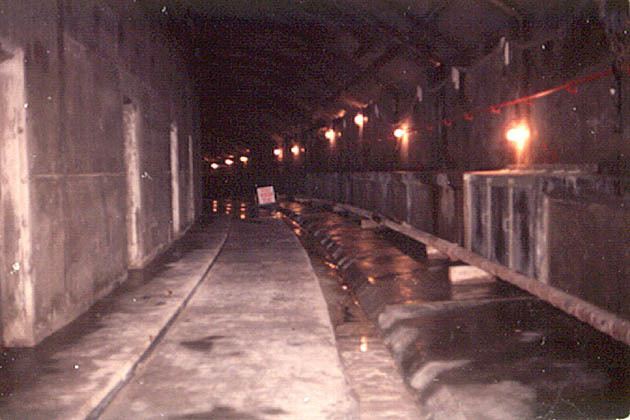 | ||
Line 63rd Street Line (F train) Length 3,140 feet (960 m) between shafts Similar 60th Street Tunnel, Joralemon Street Tunnel, Steinway Tunnel, Montague Street Tunnel, East Side Access | ||
Mta r160a f train from lexington avenue 63rd street to roosevelt island via 63rd street tunnel
The 63rd Street Tunnel carries the 63rd Street Line of the New York City Subway under the East River between the boroughs of Manhattan and Queens. As of 2017, it is the newest of the East River tunnels, and the newest river crossing in the New York metropolitan area. Construction of the 63rd Street Tunnel began on November 24, 1969, and the tunnel was holed through beneath Roosevelt Island on October 10, 1972. However, completion of the tunnel and its connections was delayed by New York City's fiscal crisis of the 1970s and it was not used in revenue service until 1989.
Contents
- Mta r160a f train from lexington avenue 63rd street to roosevelt island via 63rd street tunnel
- R46 f train from roosevelt island to lexington avenue 63rd street via 63rd street tunnel
- History
- Construction method
- Usage
- Upper level
- Lower level
- Awards
- References
The tunnel's lower level will carry Long Island Rail Road trains following the expected completion of the East Side Access project in late-2022, a half-century after the hole through.
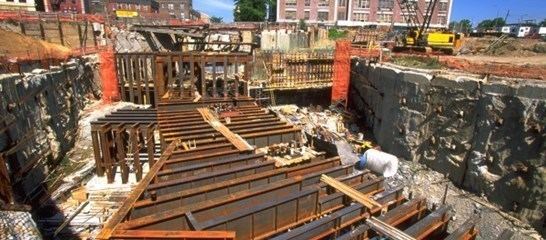
R46 f train from roosevelt island to lexington avenue 63rd street via 63rd street tunnel
History
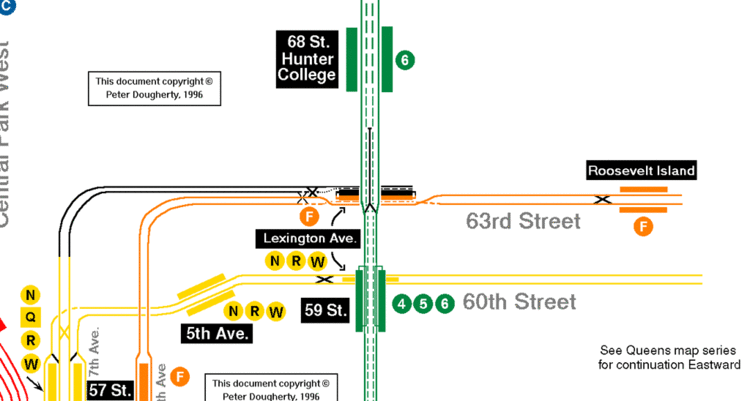
The tunnel was first placed into partial service in 1989 and was nicknamed the "tunnel to nowhere" due to its lack of connections in Queens. The final section of the 63rd Street Tunnel, which cost $645 million to complete and connects what had been a service dead-ending at the 21st Street station in Queensbridge to the IND Queens Boulevard Line, was finished in 2000. It was first used by trains during off-peak hours while signal work was performed in the 53rd Street Tunnel. The tunnel connection was placed into permanent service with the start of V train and the shifting of the route of the F train on December 17, 2001.
Construction method
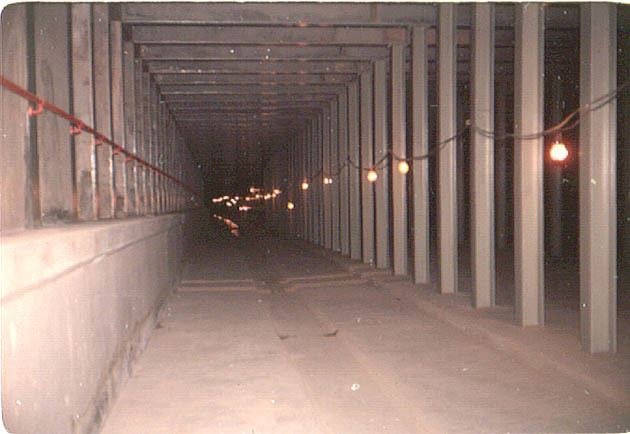
Unlike previous tunnels that were bored under the riverbed, the 63rd Street Tunnel's river portions used the immersed tube method. Trenches were dug in the river bed, and four 375-foot (114 m) long prefabricated concrete sections of tunnel fabricated in Port Deposit, Maryland were floated into position and then sunk into the trenches. Two tubes each were placed on either side or Roosevelt Island. Other portions of the tunnel were built using cut-and-cover construction or rock tunneling. The tunnel also contains the Roosevelt Island station.
Usage
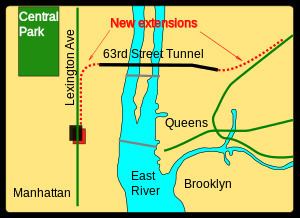
The tunnel has two levels. The F train uses the two tracks on the upper level, connecting the IND Queens Boulevard Line in Queens to the IND Sixth Avenue Line in Manhattan via the IND 63rd Street Line. There are also track connections to and from the BMT 63rd Street Line, west of the Lexington Avenue – 63rd Street station.
Upper level
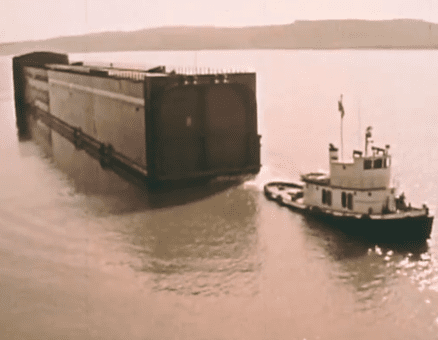
The tunnel was placed into partial service in 1989 and was nicknamed the "tunnel to nowhere" due to its lack of connections in Queens. The final section of the 63rd Street Tunnel, which cost $645 million to complete and connects what had been a service dead-ending at the 21st Street station in Queensbridge to the IND Queens Boulevard Line, was finished in 2000. It was first used by trains during off-peak hours while signal work was performed in the 53rd Street Tunnel. The tunnel connection was placed into permanent service with the start of V service and the rerouting of the F service on December 17, 2001.
Lower level
The two trackways on the lower level are currently unused by passenger trains, but are planned for use by the Long Island Rail Road's East Side Access project, which will bring LIRR commuter trains to Grand Central Terminal. During construction of the East Side Access project, the lower level of the 63rd Street Tunnel is being used to transport equipment; excavated rock from Manhattan is also hauled out to Sunnyside Yard on a 5-mile (8.0 km) long conveyor belt.
Awards
The 63rd Street Tunnel and the 63rd Street Tunnel Connector received the Construction Achievement Project of the Year Award from the Metropolitan Section of the American Society of Civil Engineers in 1973 and 2000, respectively.
The 63rd Street Tunnel Connector was also selected as the Transit Project of the Year in 1999 by New York Construction News.
